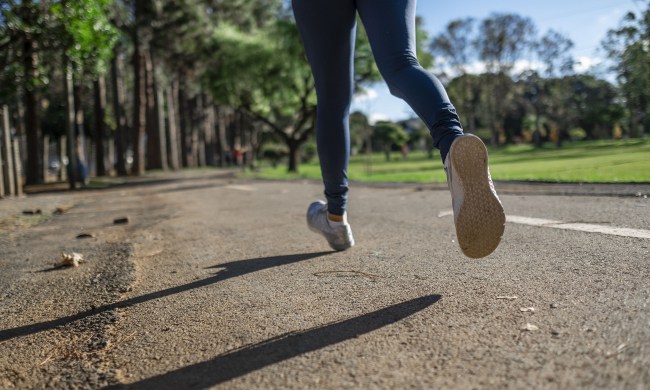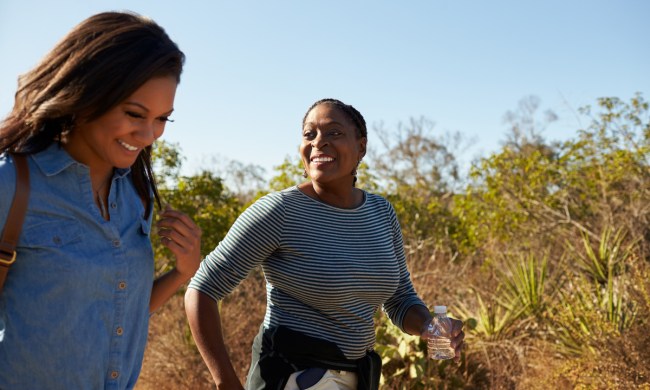Over the past few years, farm-to-table and organic produce have taken center stage from five-star restaurants to your own kitchen. Now, sustainable seafood is an emerging talking point. As more people begin to pay attention to how what they eat affects the environment, even large food brands like Tyson are trying to reel in consumers by marketing that they are producing the most sustainable fish.
“Sustainable seafood is critical for people and the planet,” said Ryan Bigelow, Seafood Watch Senior Program Manager. “Billions of people rely on seafood for nutrition. We must ensure seafood is available to them into the future.”
But, just like “organic” doesn’t always mean “healthy” or environmentally friendly, sometimes brands will use clever marketing to make a buyer think they’re purchasing the most sustainable fish when they aren’t. Purchasing sustainable seafood can also seem like a complicated, expensive task, but it isn’t. To help you find the best sustainable seafood to buy, we enlisted the help of Bigelow.

Sustainable seafood relies on three pillars: Environmental protection, social responsibility, and economic viability.
“All three of these components are important to ensuring that the fisheries and aquaculture we rely on for food and livelihoods thrive into the future,” Bigelow said. “There are many different models of sustainable seafood production; however, traceability, a public commitment to sustainability, and strong government management are critical pieces in each of them.”
The National Oceanic and Atmospheric Administration (NOAA) has several requirements that determine whether a fishery is acting sustainably.
Sustainable seafood must:
- Prevent overfishing
- Rebuild stocks
- Minimize bycatch (unintentionally catching the wrong species, which can happen when casting a wide net)
- Minimize interaction with protected species
- Conserve the fish habitat.
Fish are either caught in the wild or farmed, and both methods can be sustainable.
During the wild-catching process, data is available to help determine how much people should catch so that they are leaving enough behind to ensure the fish can reproduce and replace those that were caught, which helps prevent over-fishing. This also allows the ecosystem to continue to thrive.
Fish such as oysters, mussels, clams, shrimp, and salmon, can also be farmed sustainably, a process known as aquaculture. For farmed fish to qualify as sustainable, farmers must also have the environment and ecosystem’s vitality top-of-mind. Sustainable farms do not use additives, chemicals, hormones, or antibiotics, as they can cause harm to the fish, environment, and consumer. Sustainable aquaculture helps to keep ecosystems stabilized and prevents overfishing in the wild.
What can I look for when searching for sustainable seafood?
Labels can be misleading when looking for the best sustainable fish to buy, Bigelow warned.
“Organic” doesn’t have a defined meaning for seafood in the U.S., so don’t trust that if you see it,” he said. “Also, ‘sustainable’ doesn’t mean a great deal either. We recommend that you look for the catch/farming method, species, and location.”
Bigelow says the best thing you can do is ask questions, such as, “Do you sell sustainable seafood?” “Where was and how was this fish caught or farmed?” and “Do you have a sustainability commitment?”
Though you can often find sustainable seafood at the grocery store, hitting a local mom-and-pop market may be a better bet.
“If you can buy directly from local fishermen or farmers, you have the opportunity to ask more questions, which can help you get the information you need to buy sustainable products,” he said. “Just remember that ‘local’ doesn’t necessarily mean ‘sustainable.’”
For example, suppose a farm uses additives, or a fishery is going out and unintentionally catching fish they don’t need. In that case, it may not be traveling hundreds of thousands of miles to reach your dinner table, but it’s not adhering to sustainable best practices.
Sustainable seafood is important to the vitality of our own health and the planet. When catching fish in the wild, people must be concerned with a variety of factors, including maintaining a healthy environment for the fish, replenishing depleted stocks, and not overfishing. You can find sustainable seafood in the grocery store or at a local fish market, but be sure to ask questions to ensure you are buying the right product. Fish farmers should not use additives, chemicals, or antibiotics. By adhering to these guidelines, you’re helping to make a difference.
“Ensuring there are healthy populations of fish helps buffer the ocean against the many threats it faces from plastic pollution to climate change,” Bigelow said.
Disclaimer: BlissMark provides information regarding health, wellness, and beauty. The information within this article is not intended to be medical advice. Before starting any diet or exercise routine, consult your physician. If you don’t have a primary care physician, the United States Health & Human Services department has a free online tool that can help you locate a clinic in your area. We are not medical professionals, have not verified or vetted any programs, and in no way intend our content to be anything more than informative and inspiring.



